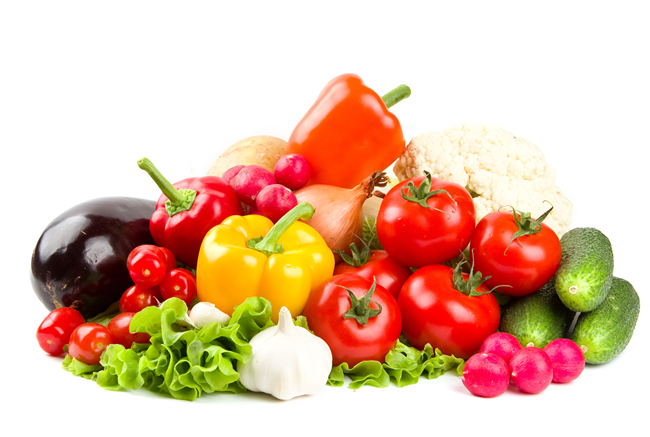There is evidence that a low GI diet can help control established diabetes, help people to lose weight and lower blood lipids (fats), and improve the body’s sensitivity to insulin by keeping blood glucose levels more stable than when high GI foods are consumed.
However, it is important not to eat large amounts of a food simply because it has a low GI for maintaining blood glucose levels within the ideal range.
What to consider when using the Glycaemic Index for food selection?
It’s important to remember that the GI alone should not be your only criteria when selecting what to eat. The total amount of carbohydrate, the amount and type of fat, the fibre and salt content of food are also very important.
It’s important to remember that the GI alone should not be your only criteria when selecting what to eat. The total amount of carbohydrate, the amount and type of fat, the fibre and salt content of food are also very important.
Most importantly, you need to watch for fat content of a low GI food. Foods high in fat often have a low GI because fat slows the digestion of food. However, a diet high in fat, especially saturated fat, is not recommended for overweight people or people with diabetes.
Fibre is also frequently found in low GI foods like vegetables, fruits, legumes and many cereals. It adds bulk to a meal without calories, making us feel full as well as slowing the digestive process. These low GI foods are good to include as part of your meal.
5 simple ways to change to a low GI diet
1. Include one low GI food at each meal.
2. Switch to breakfast cereals based on barley, oats, wheat and rice bran.
3. Eat grainy breads made with whole seeds, barley and oats, instead of white or brown bread.
4. Eat pulses and legumes (such as beans, lentils and peas).
5. Eat high fibre foods because it helps slow the digestion and absorption of carbohydrates.
2. Switch to breakfast cereals based on barley, oats, wheat and rice bran.
3. Eat grainy breads made with whole seeds, barley and oats, instead of white or brown bread.
4. Eat pulses and legumes (such as beans, lentils and peas).
5. Eat high fibre foods because it helps slow the digestion and absorption of carbohydrates.
If you need my help, [GO HERE]


 RSS Feed
RSS Feed
